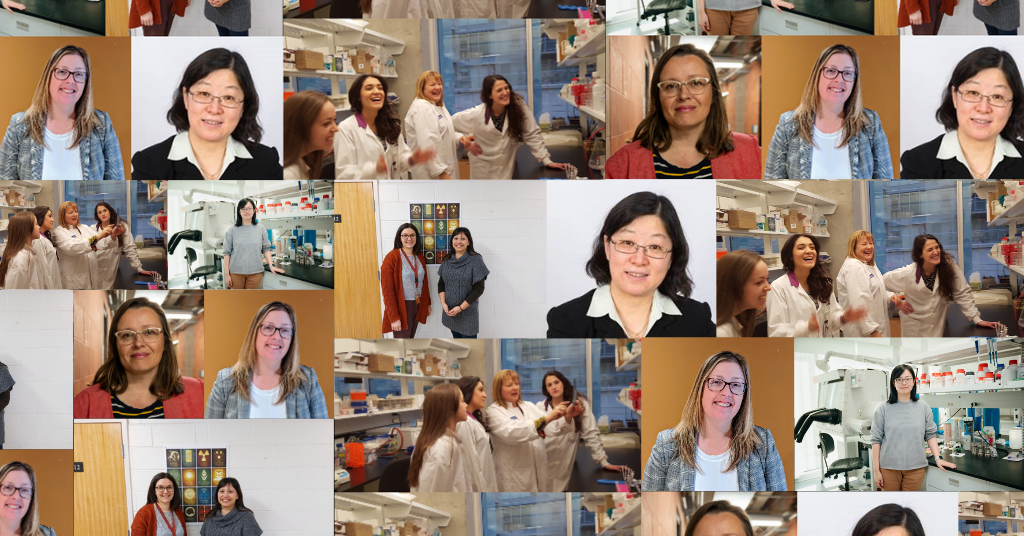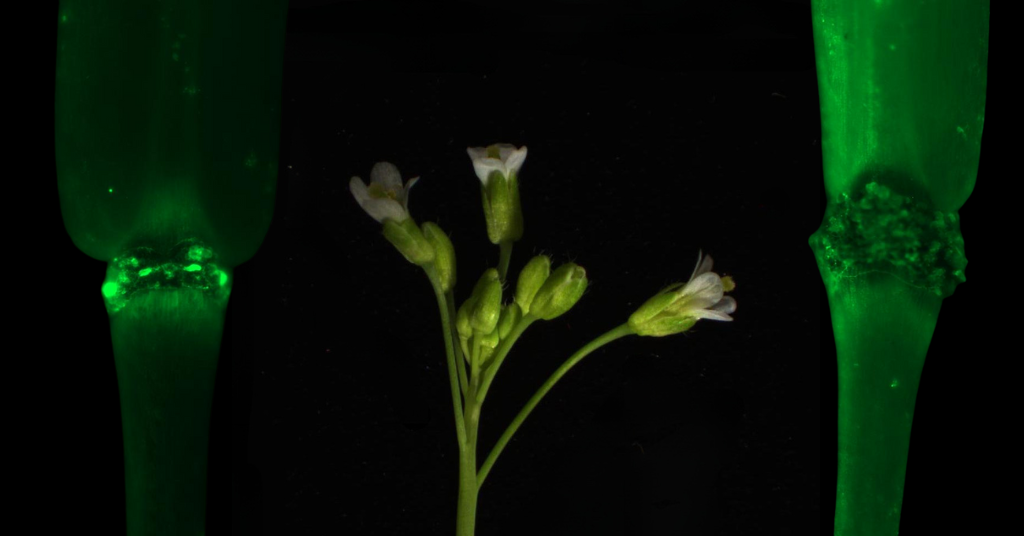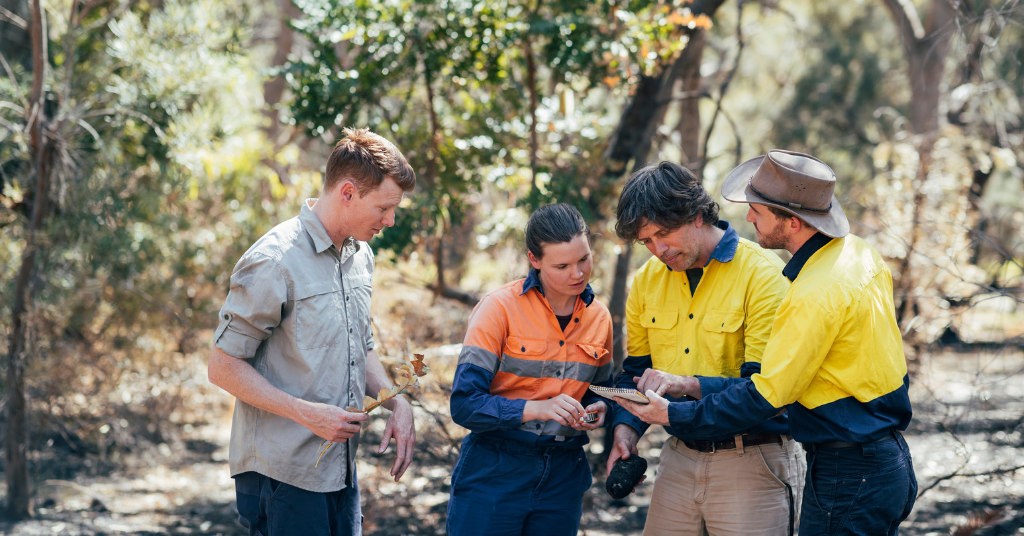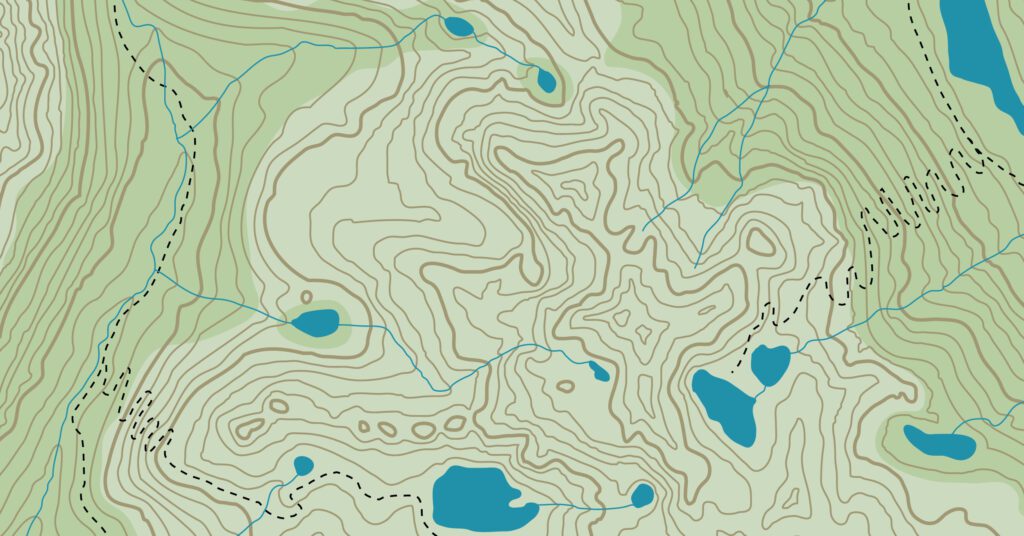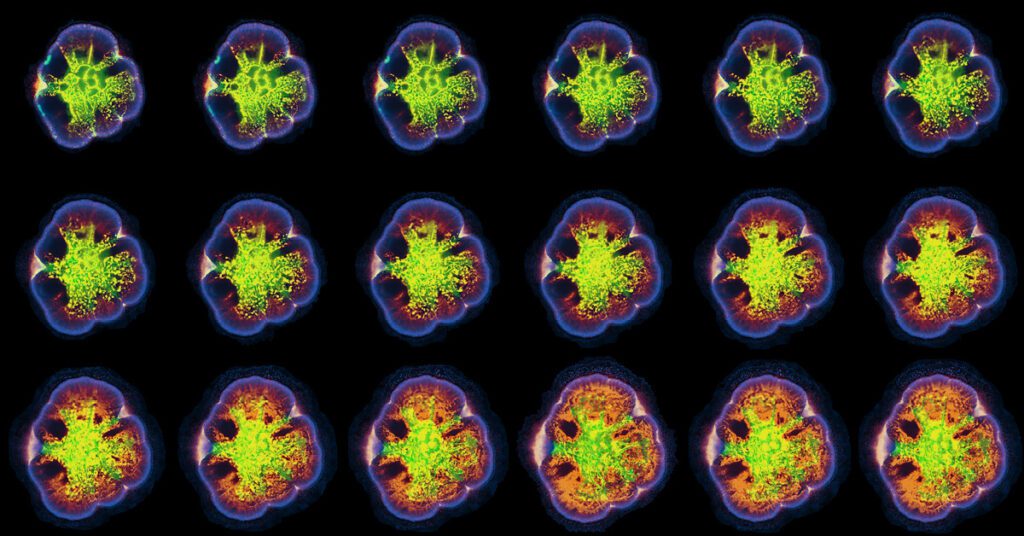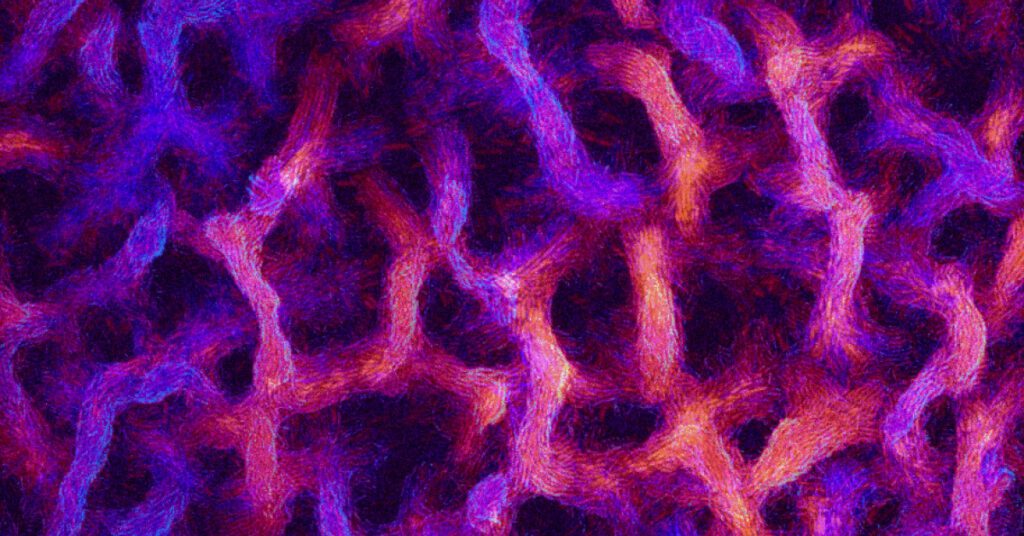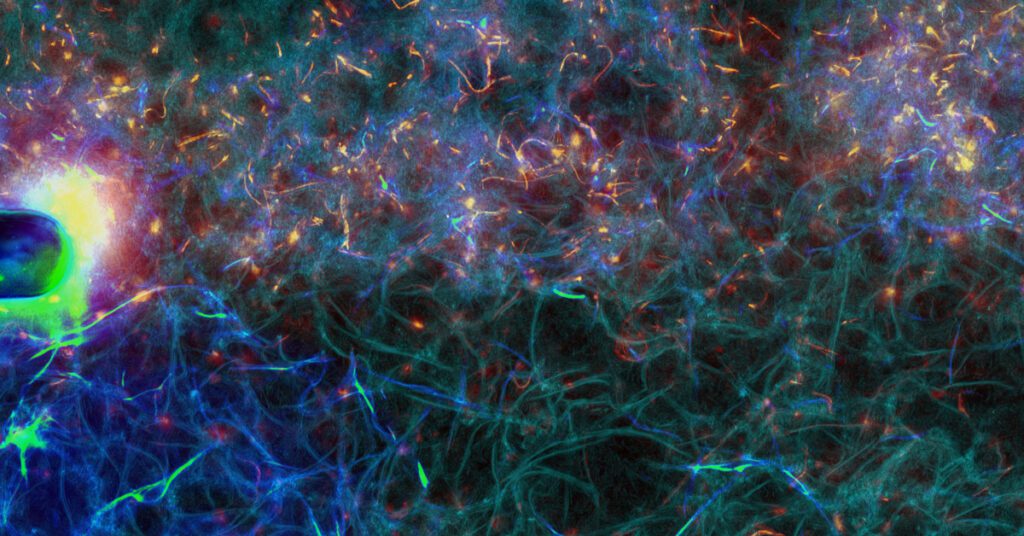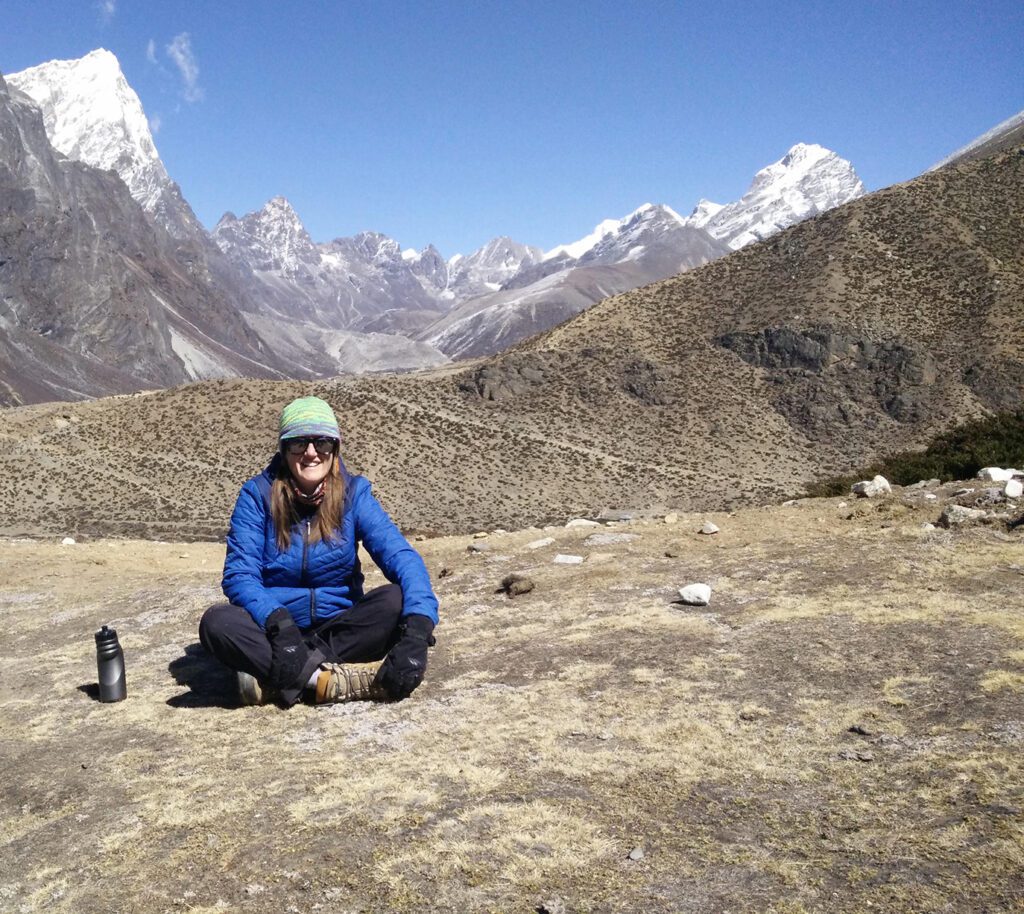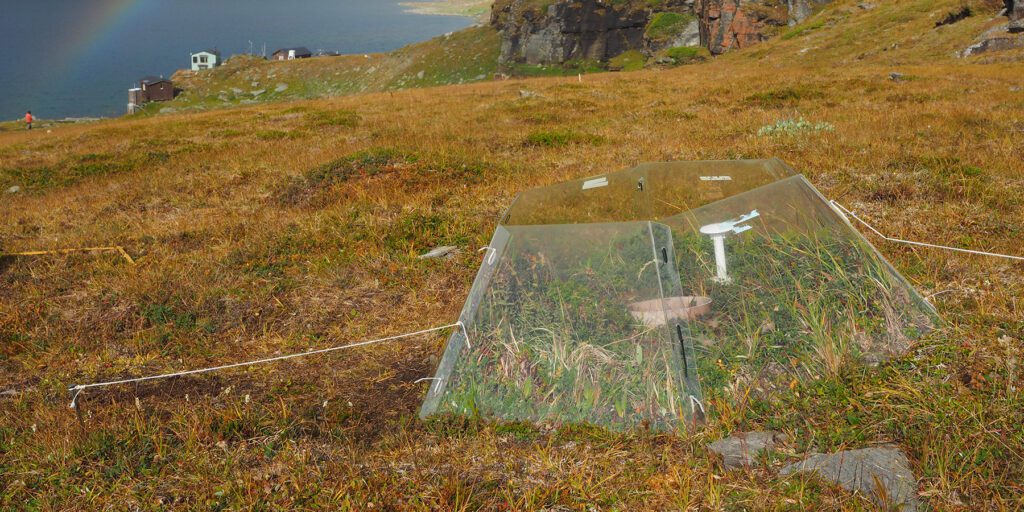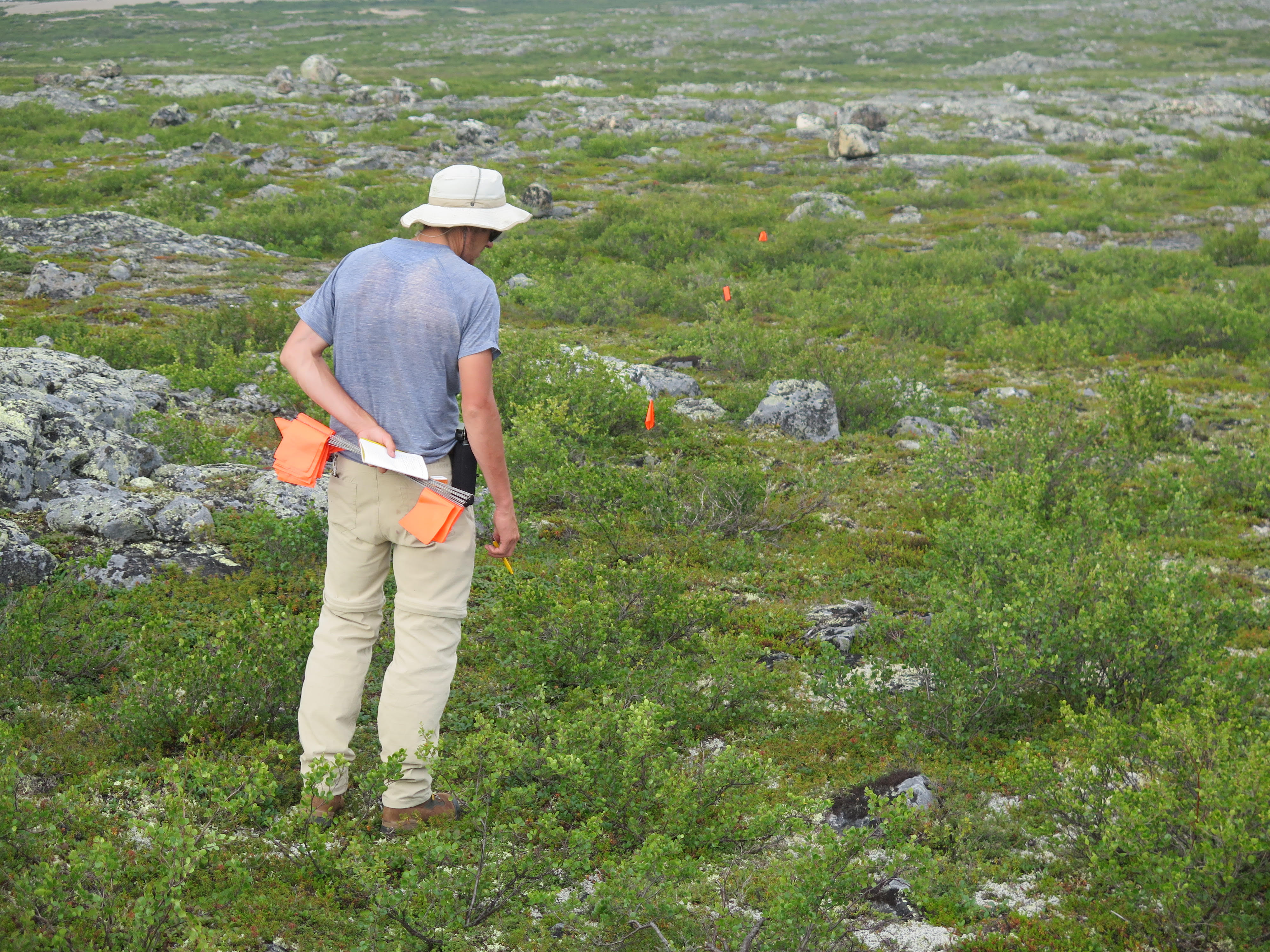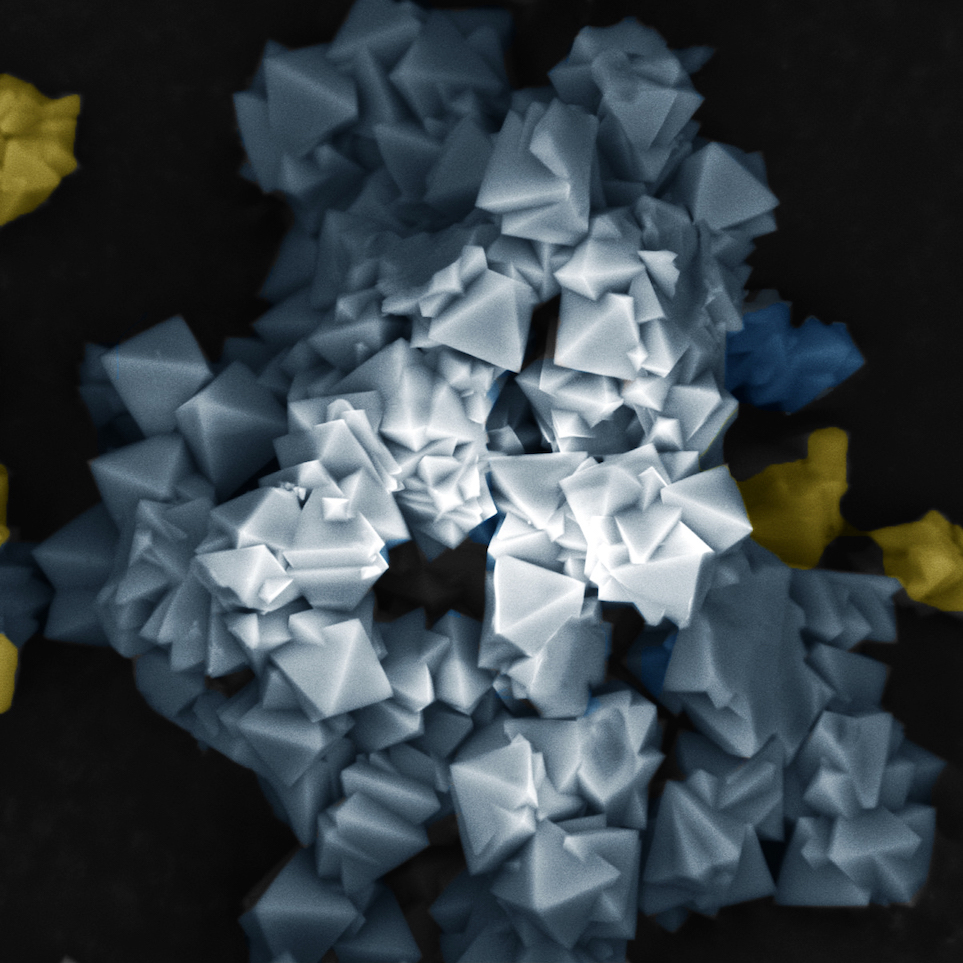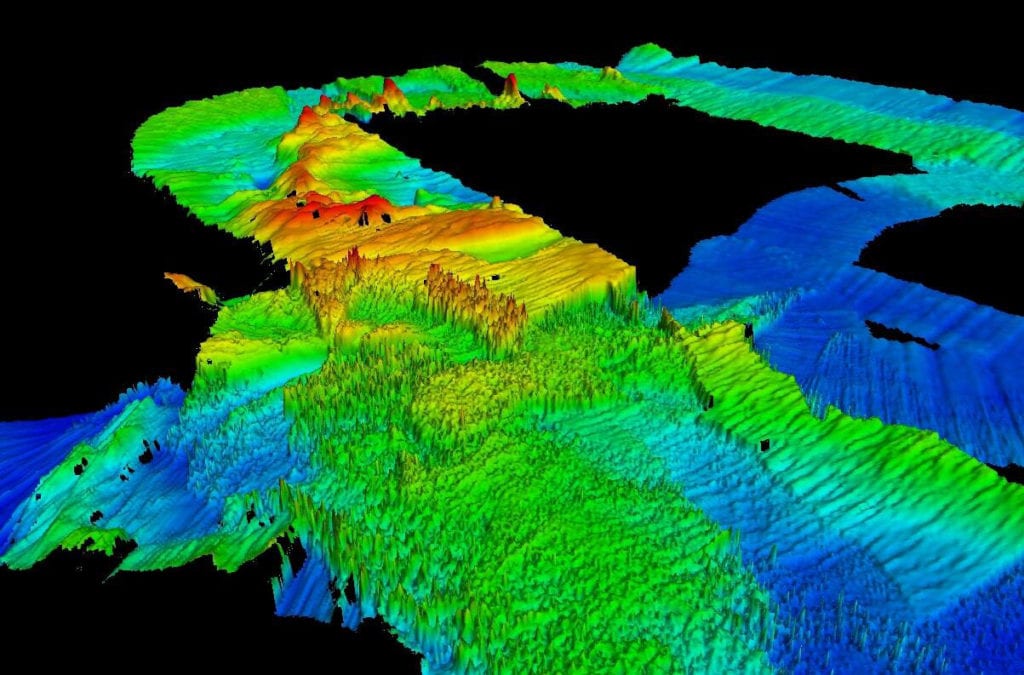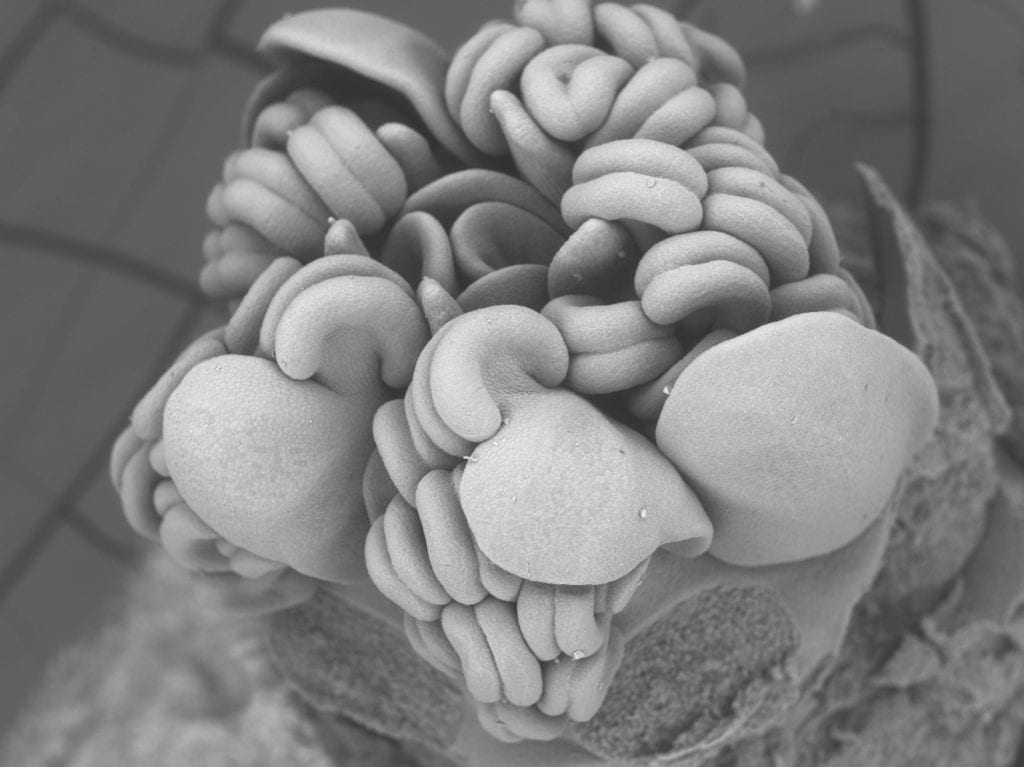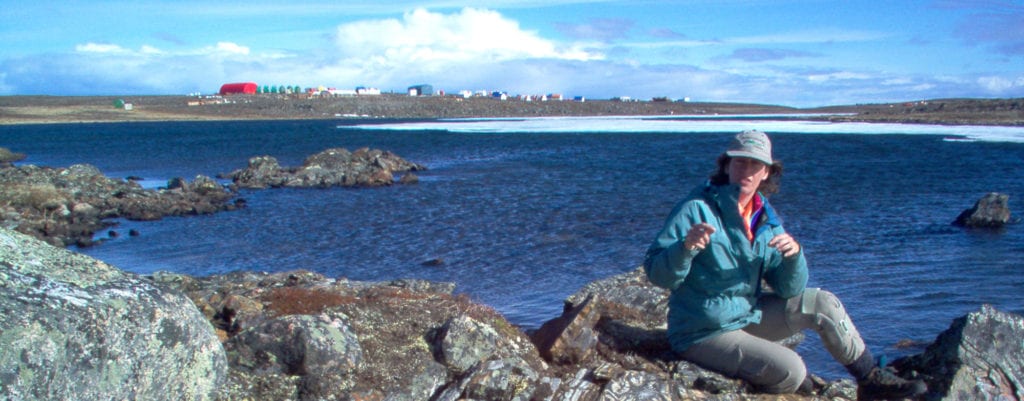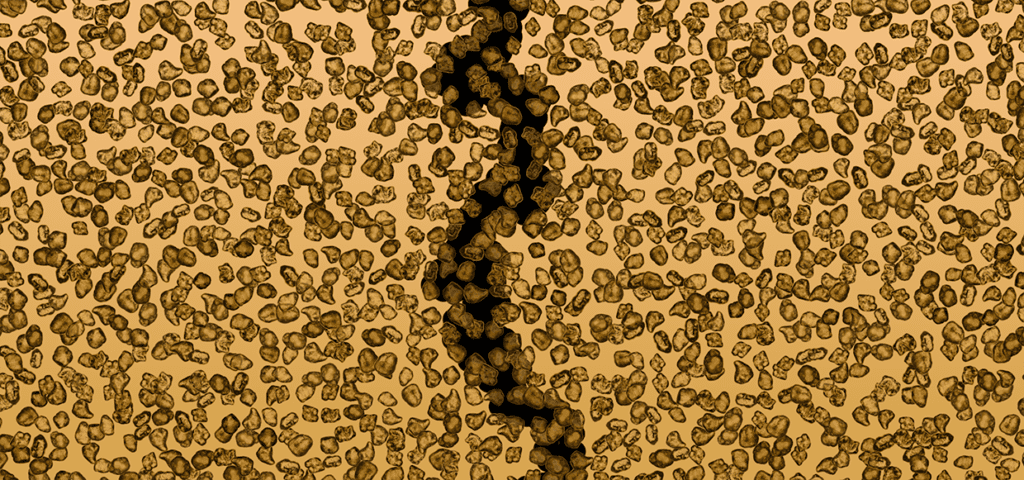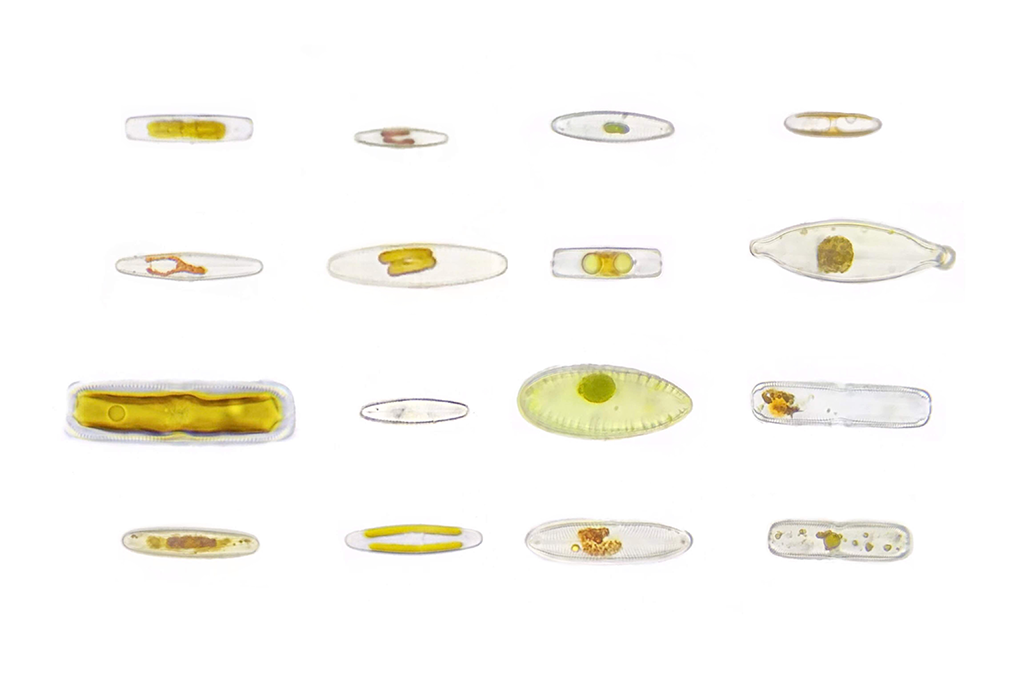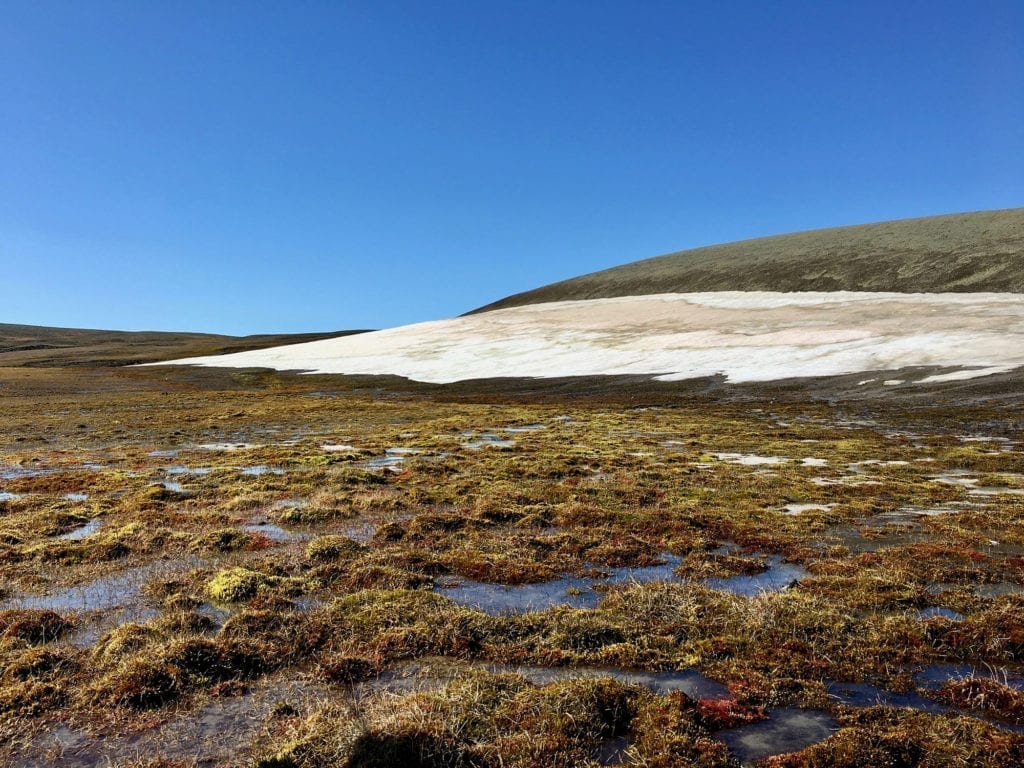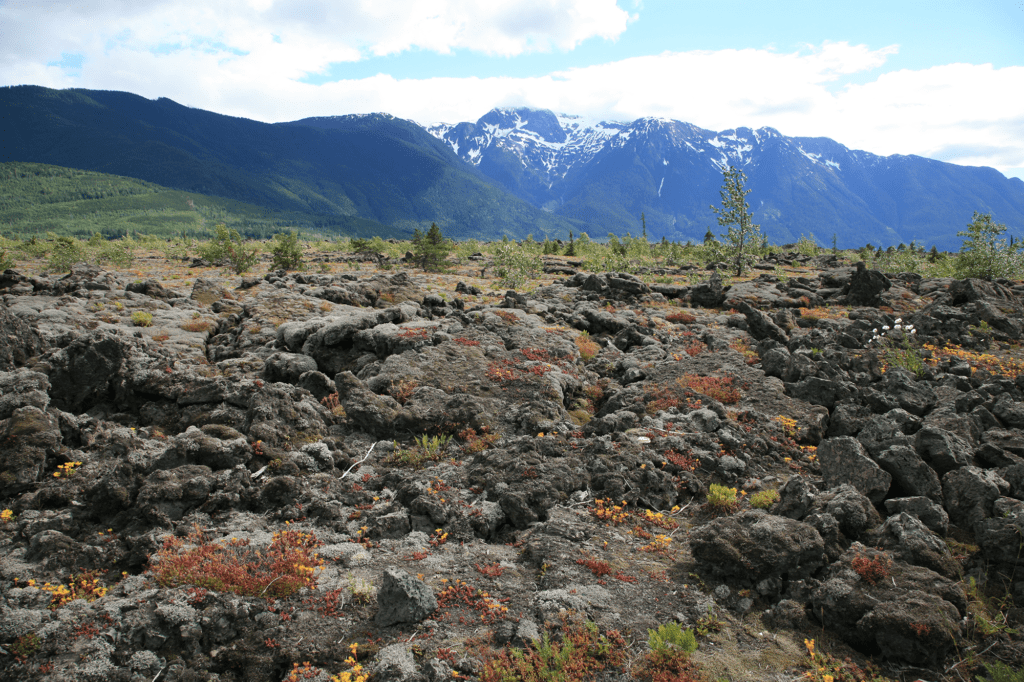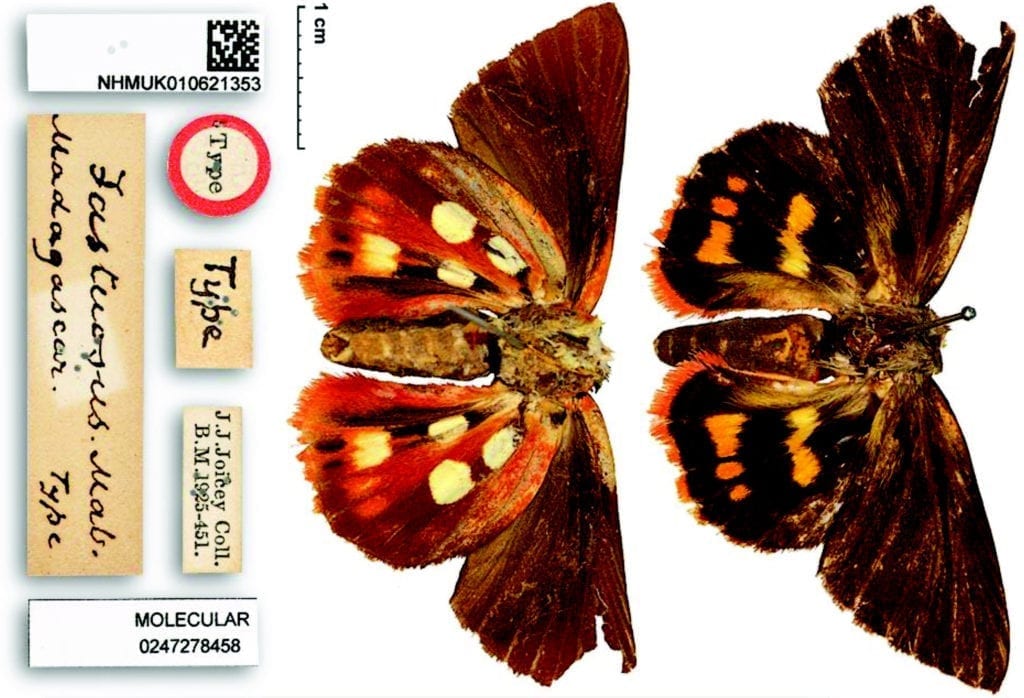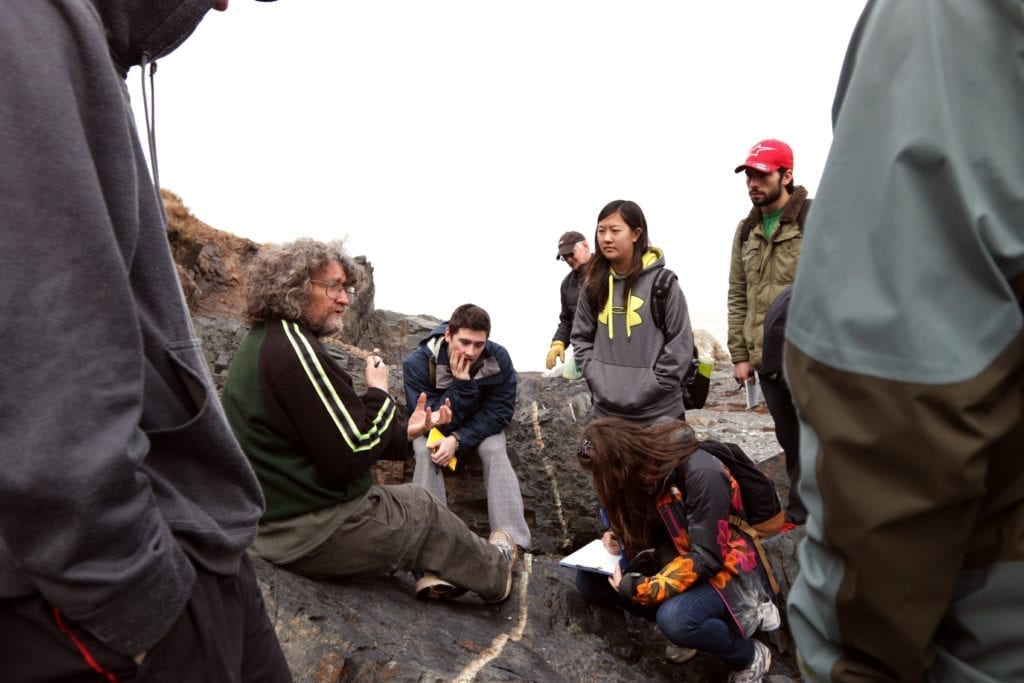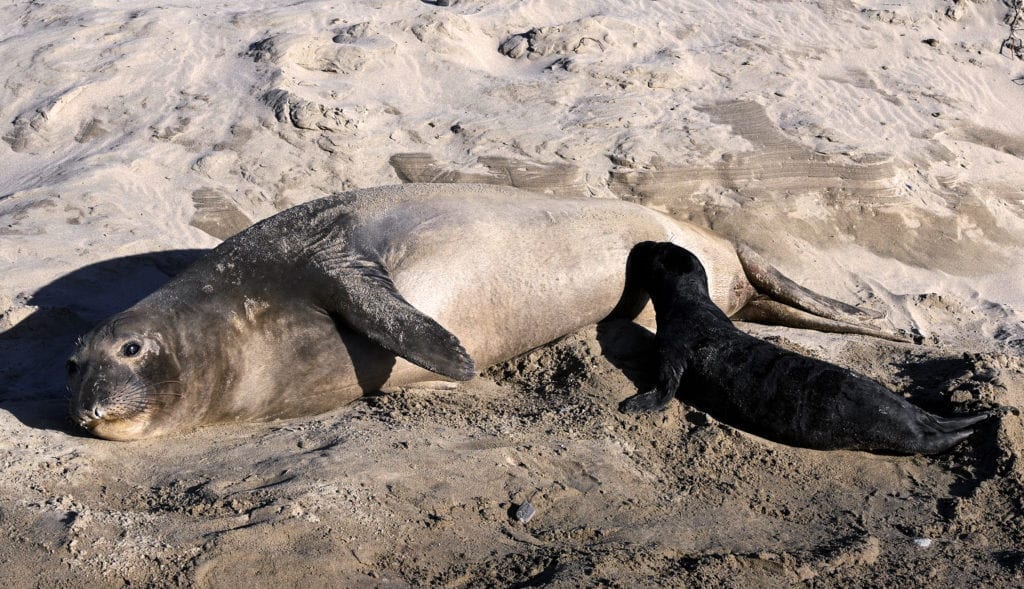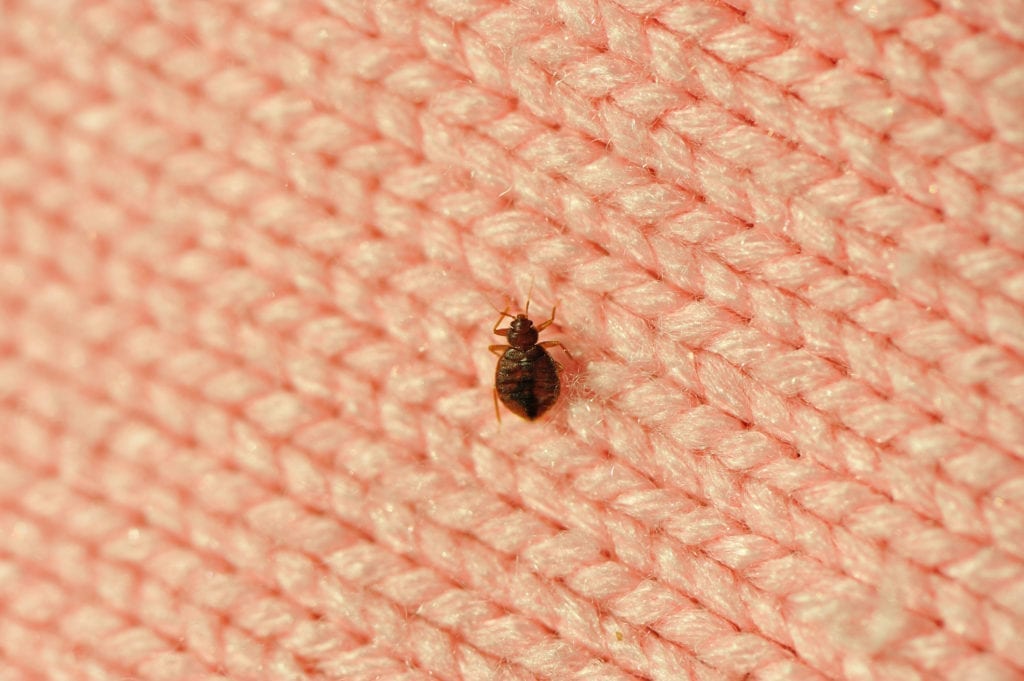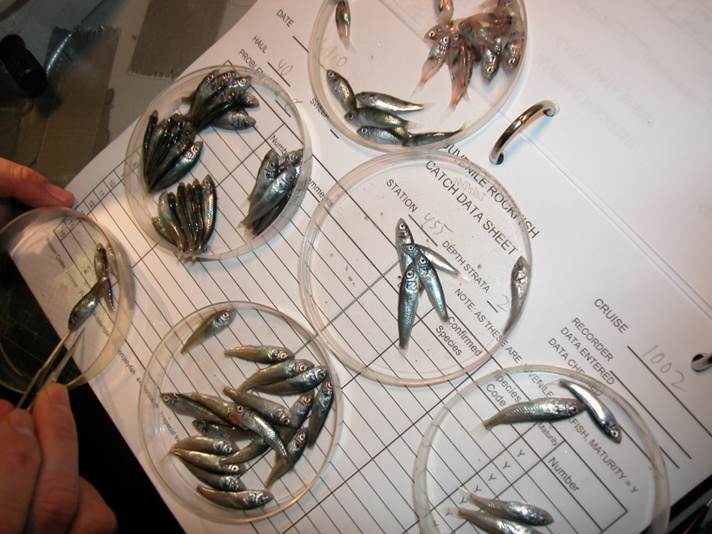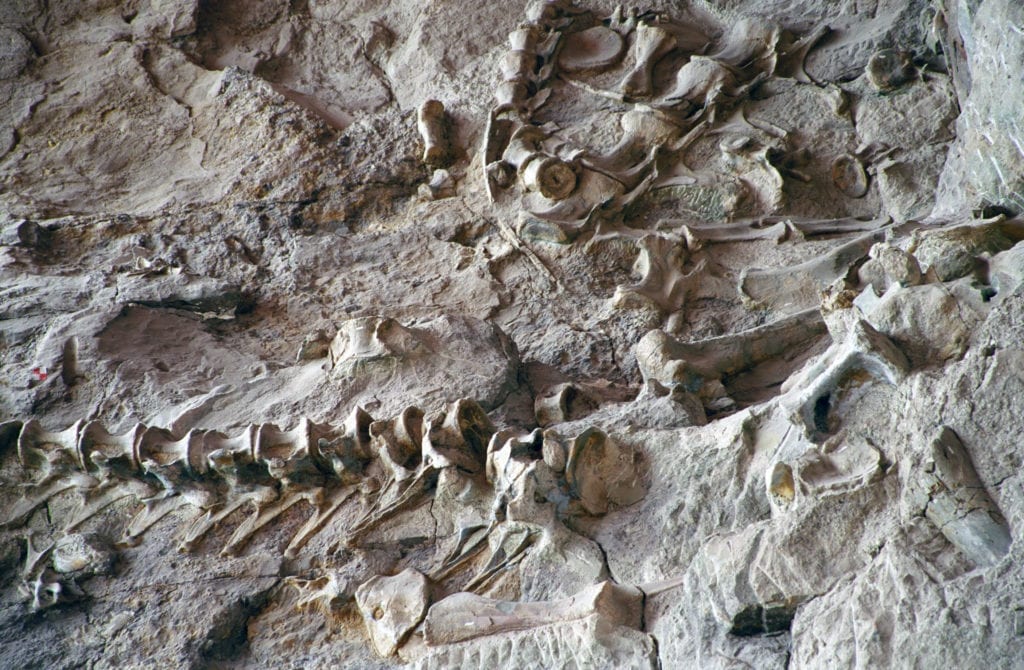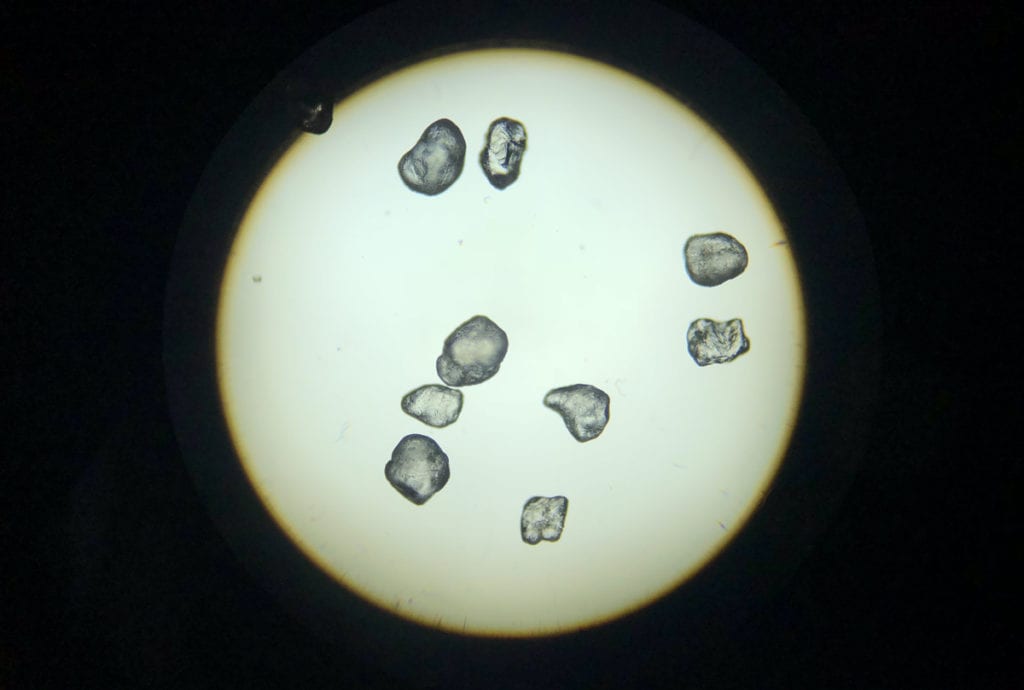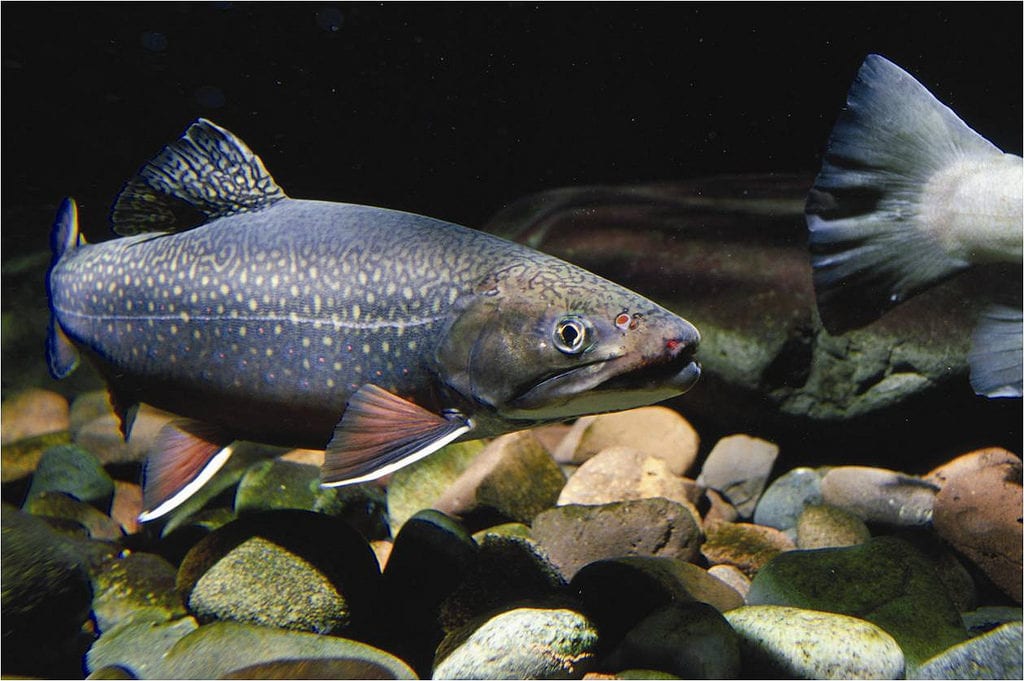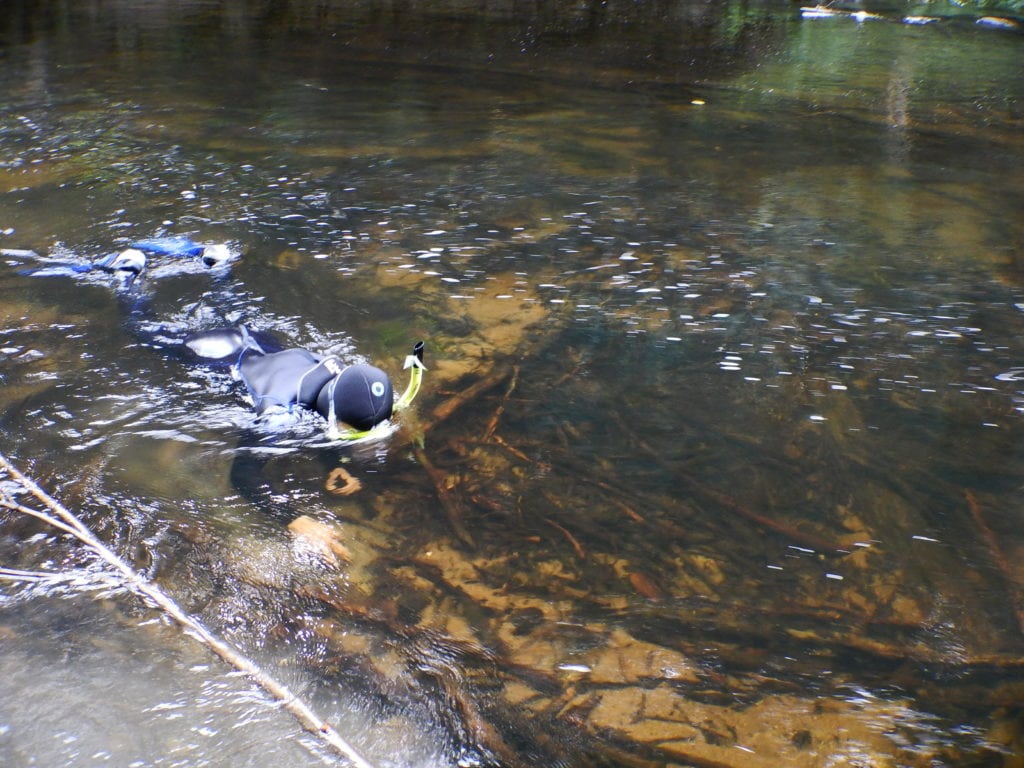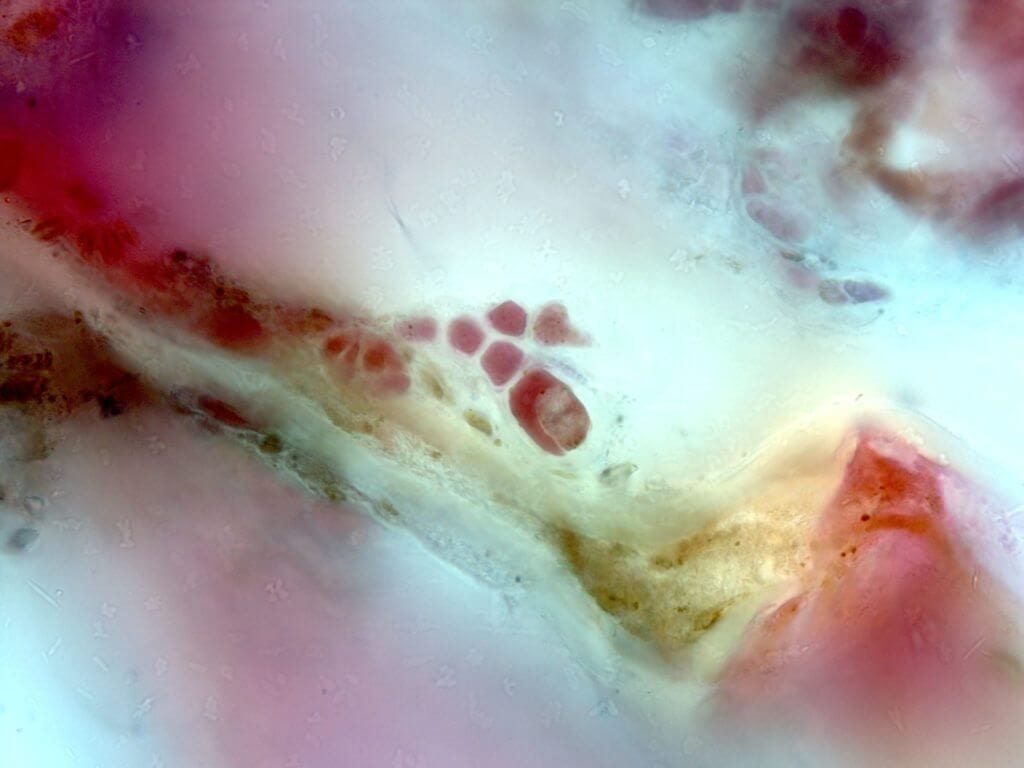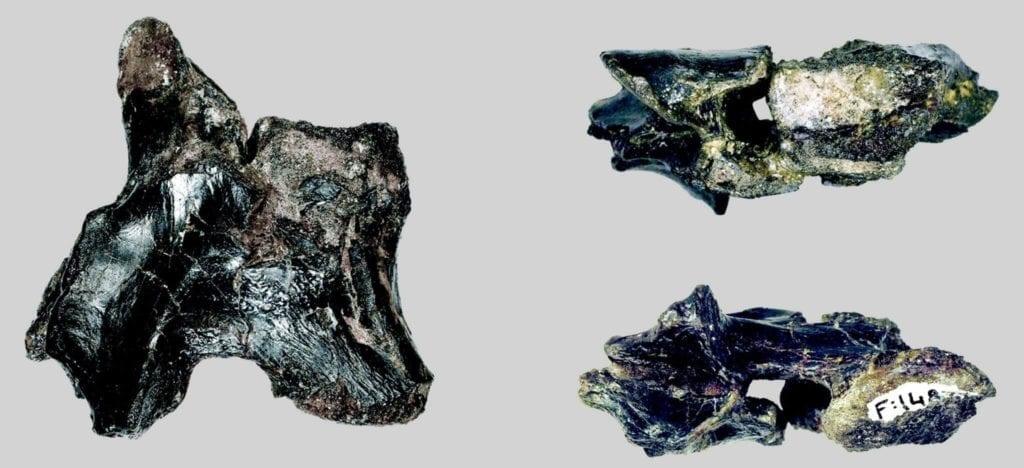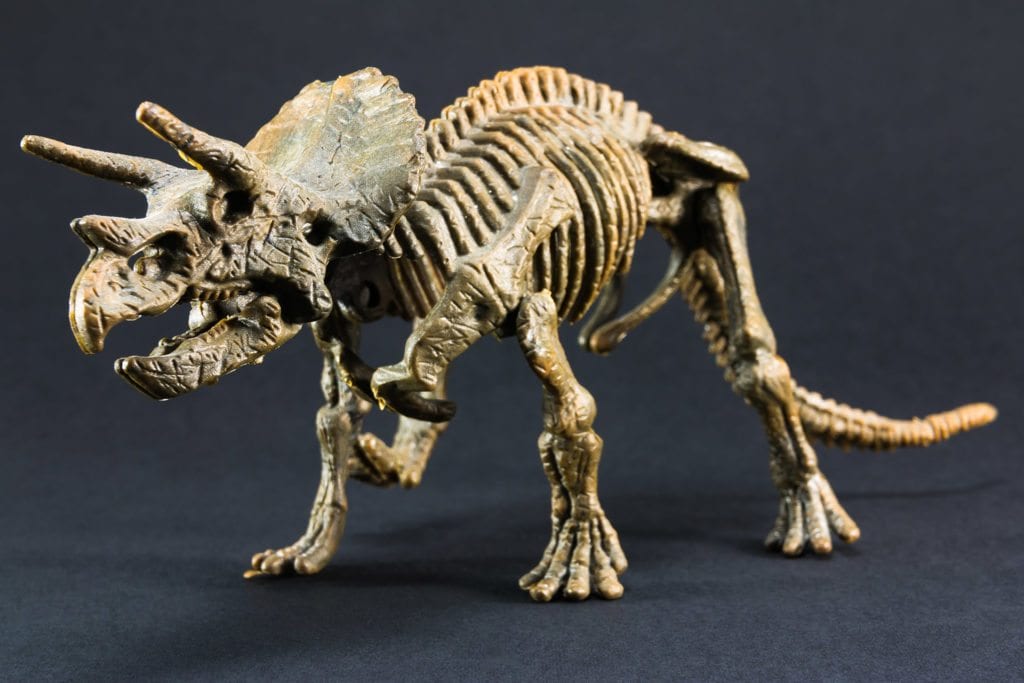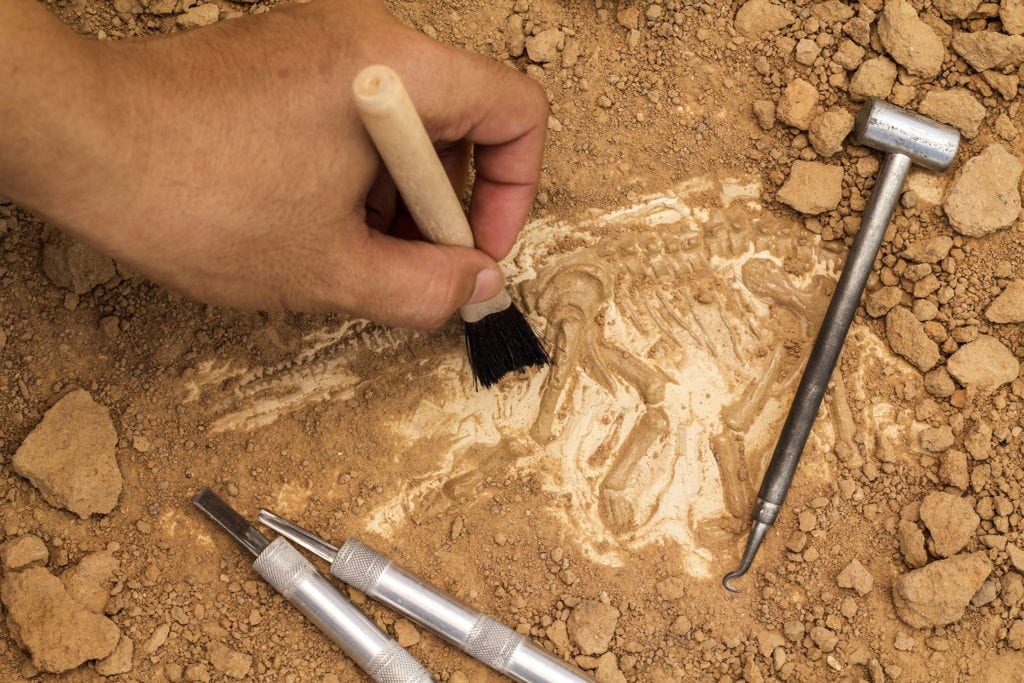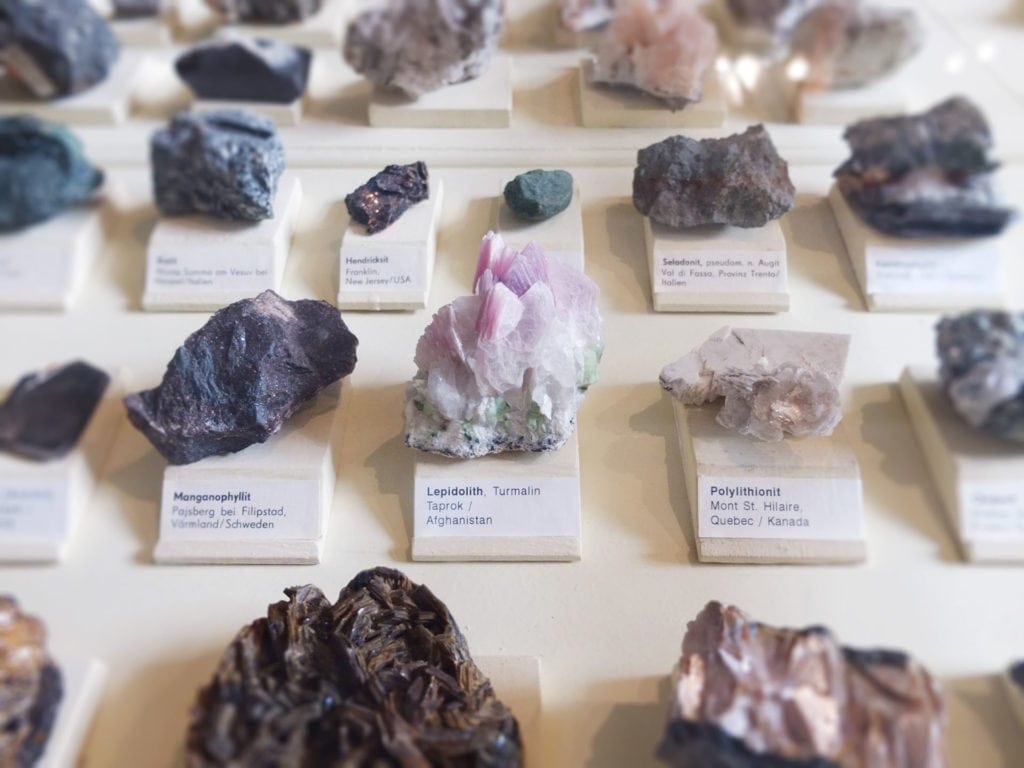Meet Terry Graham, professor emeritus at the Department of Human Health and Nutritional Sciences at the University of Guelph. A dedicated and enthusiastic journal editor for more than 13 years, he currently leads Applied Physiology, Nutrition, and Metabolism (APNM). Through his hard work, enthusiasm and leadership APNM is fast becoming a top publication in the field. Terry is a master at building relationships and sharing connections.
Q: Can you tell us a bit about how you chose science as a career?
I am not a shining example for career-driven young people! I reluctantly went to university and as I entered my final year, I suddenly realized that I had begun to really enjoy the learning process. I particularly loved physiology and the exercise elements. I met with my favourite professor of physiology, George Andrew, who wisely told me that if I wanted to make money, I should make my current summer job at General Motors permanent! Good advice, but ignored. I decided that I would continue in physiology until I no longer enjoyed it; I resolved that I would get the best education by entering graduate school in traditional physiology rather than going on in physical education. Retirement came before the enjoyment ended.
Q: What was your field of research?
Traditionally I was trained as a muscle/exercise physiologist. I have always been interested in metabolism and health. At Guelph there were many high quality scientists who studied nutrition and metabolism. Thus it was an easy transition to bring nutritional challenges into my investigations of metabolism and health. My first scientific love was the regulation of muscle carbohydrate stores and this grew into examination of the metabolic responses to consuming carbohydrates and also the influence of caffeine and coffee on metabolism.
Q: How long have you been Editor of APNM?
I was editor of the Canadian Journal of Applied Physiology (CJAP), the precursor of APNM for 5 years and have been Editor of APNM since it began 8 years ago. I was initially invited to edit CJAP by the Canadian Society for Exercise Physiology and was subsequently involved with the transition of the Journal to CSP/NRC Research Press and its change to APNM. At that time the publisher interacted with the Society and invited me to continue as editor.
Q: What do you enjoy most about being an Editor of APNM?
There are a number of aspects that give me great satisfaction. I take pleasure in the growth and success of APNM, I enjoy working with the CSP team and with our two sponsoring societies (Canadian Nutrition Society and Canadian Society for Exercise Physiology). We are the only journal anywhere in the world that has official association with national societies for both nutritional and exercise physiology sciences – that is powerful and novel. I also get a lot of pleasure from interacting with our outstanding editorial team. What gives me the most joy is to interact with young scientists/authors and to see their work published in APNM.
Q: What’s the biggest challenge in being the Editor of APNM?
There are many challenges; the number of submissions has grown considerably, I frequently need to discuss submissions with associate editors and often get correspondence from authors (usually disappointed authors!). The biggest challenge is to attempt to ‘stay ahead of the curve’ regarding what topics are of contemporary importance, which topics are in need of a review and who should be invited. The other massive challenge is to keep up with the changing publishing needs of the dynamic young scientists. It would be a tremendous disservice to APNM to merely continue to direct the Journal in a traditional manner – the world of scientific publishing is changing very rapidly and our readers have new expectations.
Q: What do you see as the greatest challenges facing scientific journal publishing today?
The greatest challenge is to not merely maintaining our readership and authors but to expand this when other journals are also aggressively trying to do the same. This requires that the journal and the publisher must maintain high quality science content and also understand the changing needs of the readers and the authors. This requires both a responsive, supportive, progressive publisher and a dedicated editorial team. We need to produce high-quality science quickly and to do it with vehicles that are attractive to our readers.
Q: What do you see as the greatest opportunities?
The opportunities are enormous. APNM has grown remarkably since its inception and clearly is a rising star within the scientific world. The opportunities are not only to continue to enhance the quality of the articles but to produce them in a fashion that reaches new markets. Many traditional professions in health care are coming to realize that lifestyle is a vital factor in health as well in treatment of diseases. There are many new professions being created to also address the health needs of our global society. This presents wonderful opportunities for APNM to develop novel methods of communication with these professionals.
Q: What words do you want to be associated with APNM?
Innovative; high quality; integrative; contemporary; and excelling in both science and in knowledge translation.
Q: What is the most exciting/interesting/important (to you or in general) research being published in your field right now?
The ‘most exciting or most important’ aspect depends on the reader, of course. It could be applied aspects of high intensity, short duration training or the impact of a nutraceutical on health. Generally, I feel the most exciting aspect is that we are finally having expert scientists in nutrition and those in physiology collaborating and communicating. Key examples are our two thematic issues in 2014: the June issue on nutrition, exercise and cancer and the September issue on nutritional triggers to adaptation and performance. In my opinion the most important area of work is that of aging (perhaps due to my personal age!) as this is a large and growing global challenge in health care. In a more general sense, a key element is that of gene expression and health; the study of how do changes in activity or nutrition alter gene expression and consequently influence the integrity of the tissues.
Q: Do you have any advice for authors who want to publish their research in your journal?
The first point is to ask good, insightful questions. Erling Asmussen (Danish physiologist, 1907-1991) remarked to me once “there are many problem solvers, but few problem finders!” Be a problem-finder. Do not conduct work that will not advance the field of study.
Secondly, learn to write clearly and concisely. Invite and accept criticism. When you receive criticism, step back from it and ask yourself,: why would the referee interpret what I wrote in this manner?
How can I express myself better, how can I get the message across to the reader?
Q: How do you spend your free time when not in the Lab/Field or in Editing mode?
Until I retired last year, my reaction would have been “what spare time?” I love to keep active, running, cross country skiing, etc. In the last year I have rediscovered the pleasure of leisure reading. In addition, my wife and I have a new home on a lovely Ontario lake. I spend a lot of time landscaping, gardening, and exploring our forest and water.




